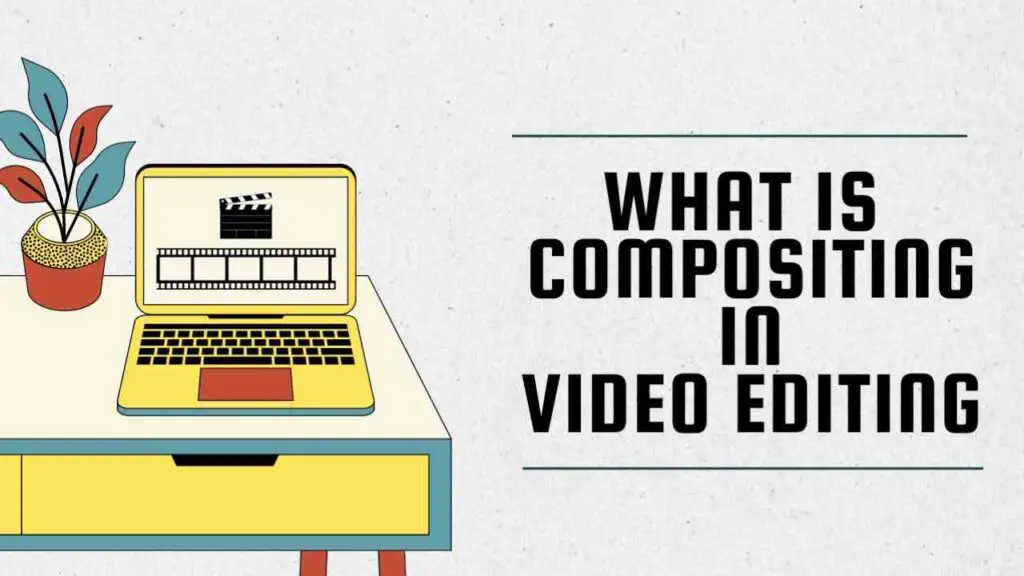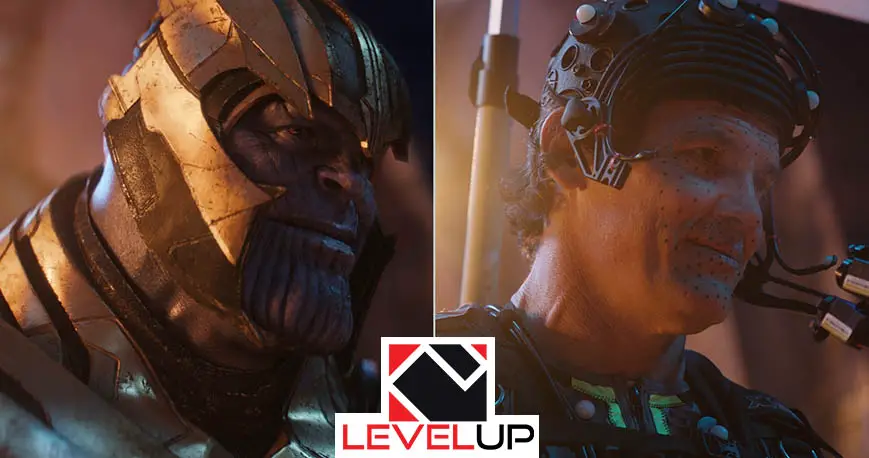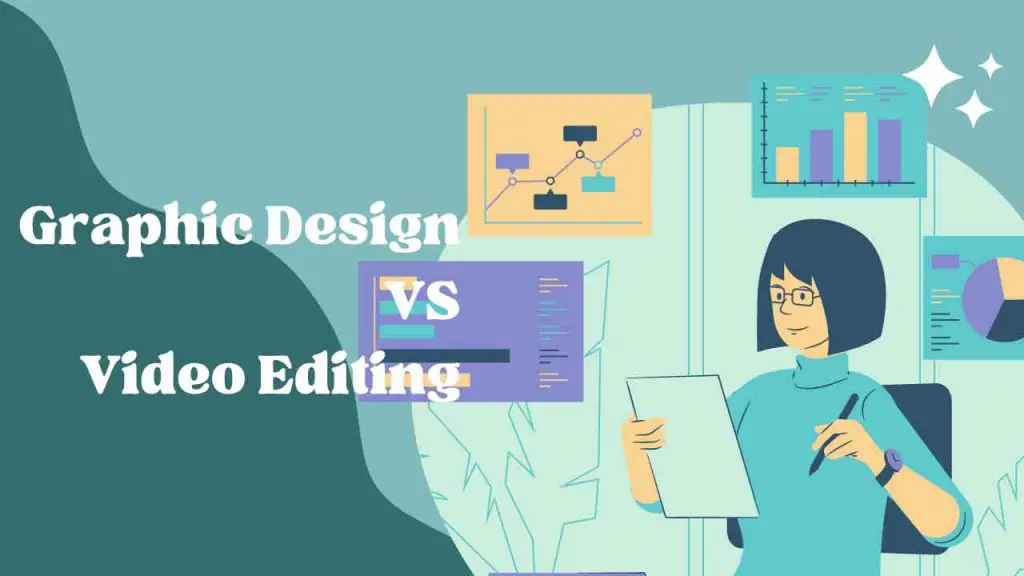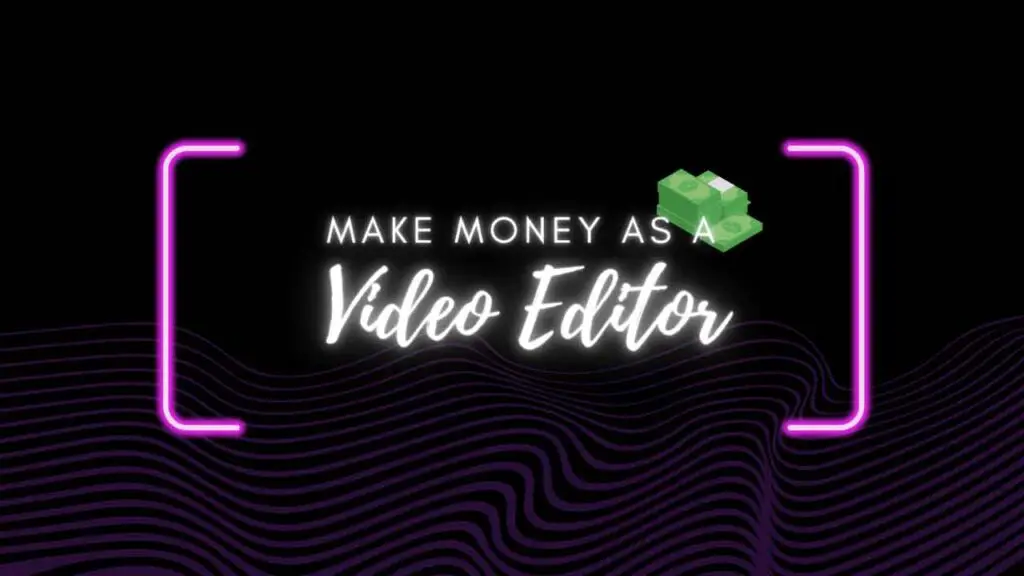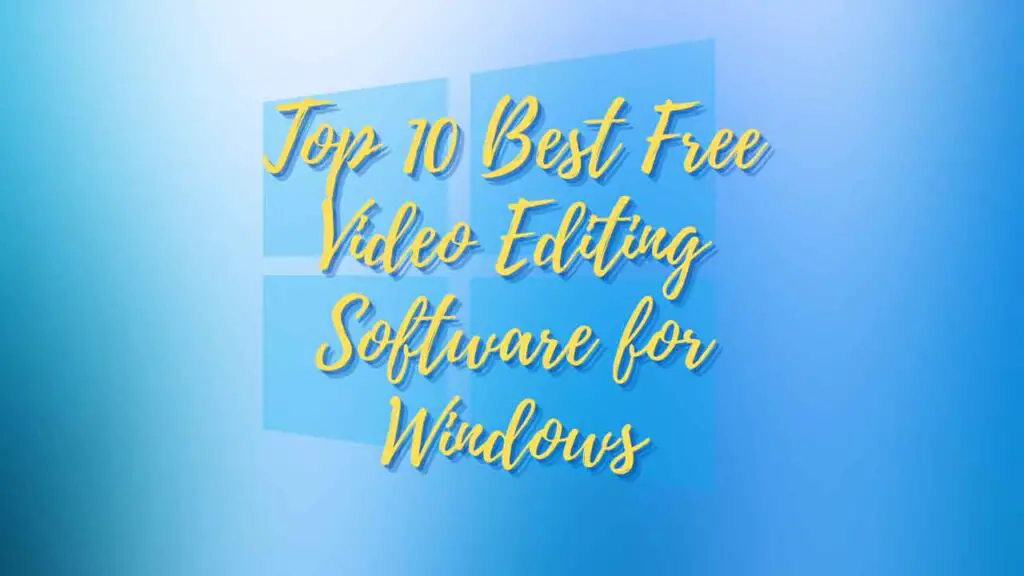THIS ARTICLE MAY CONTAIN AFFILIATE MARKETING LINKS! IN CASE YOU MAKE A PURCHASE THROUGH ONE OF THE LINKS, WE'LL GET A SMALL COMMISSION. WITH NO EXTRA CHARGES TO YOU. THANKS!!
While you have been learning video editing you may have came across the word Compositing, but what is compositing in video editing? Let’s take a look, In the captivating world of video editing, compositing stands as a cornerstone technique that transforms the ordinary into the extraordinary. It’s a process that weaves the threads of multiple images and videos into a single tapestry, creating a visual narrative that is both seamless and stunning. Compositing is the invisible art that brings together disparate elements to tell a cohesive story, whether it’s merging actors with fantastical digital landscapes or layering effects to enhance the realism of a scene.
At its core, compositing is about illusion and creativity. It’s the magic behind the scenes that makes the impossible possible on screen. From the early days of cinema to the modern digital age, compositing has evolved from simple techniques to complex digital manipulations, enabling filmmakers to craft worlds limited only by their imagination.
As we embark on this journey through the art of compositing in video editing, we’ll uncover the layers that make up this intricate process, explore its history, and discover how it continues to shape the future of filmmaking. Join us as we peel back the curtain to reveal the wizardry of compositing, a skill that, once mastered, can elevate any video editor from a mere assembler of clips to a true visual storyteller.
What is Compositing in Video Editing?
Compositing in video editing is a sophisticated visual effects (VFX) technique that involves blending multiple images or video clips into a single, cohesive visual piece. It’s a process that lies at the heart of modern filmmaking, allowing editors and VFX artists to create scenes that would be otherwise impossible to capture in reality. At its most basic, compositing can be as simple as layering two images together; however, it often involves complex tasks such as color correction, masking, and the use of green screens to seamlessly integrate elements from different sources.
The magic of compositing is evident in blockbuster movies, where epic landscapes, fantastical creatures, and explosive action sequences are brought to life. It’s the art of making an audience believe that what they’re seeing is real, even when it’s been meticulously crafted from numerous disparate elements. Compositing techniques can range from the basic—like chroma keying, where a particular color (often green or blue) is removed from footage to allow for the insertion of new backgrounds—to the advanced, such as rotoscoping, which involves tracing over live-action footage frame by frame to create realistic animations.
Digital compositing has revolutionized the field, with software enabling artists to manipulate and combine elements with incredible precision and flexibility. Layers can be adjusted for transparency, elements can be scaled and rotated, and entire worlds can be constructed from the imagination of the creators. The process often starts with a storyboard or concept art, progresses through the filming of live-action elements against green screens, and culminates in the meticulous integration of these elements with CGI and other filmed footage to produce the final, stunning result.
In essence, compositing is about storytelling. It’s a tool that enables filmmakers to convey narratives that transcend the limitations of the physical world, crafting visual experiences that can evoke wonder, excitement, and a myriad of other emotions. Whether it’s a subtle enhancement of the environment to set the mood or a grandiose display of VFX wizardry, compositing is an essential skill in the arsenal of any video editor looking to push the boundaries of what’s possible on screen.
Types of Compositing in Video Editing
Compositing in video editing is a multifaceted technique that involves combining visual elements from separate sources into one image to create the illusion that all those elements are part of the same scene. There are several types of compositing techniques used in video editing, each serving a unique purpose and contributing to the storytelling process in different ways:
- Layer-Based Compositing: This foundational technique involves stacking different visual elements as layers within a software program. Each layer can be manipulated independently, allowing for precise control over the final composition.
- Keying: Often associated with green screen technology, keying is the process of making a color range in a video transparent, allowing for the insertion of a different background or image. This technique is widely used in film and television to create various special effects.
- Rotoscoping: This technique involves tracing over footage, frame by frame, to extract objects or characters. It’s used to create realistic animations or to place live-action footage within a digital environment.
- Matte Painting: Historically, matte paintings were created by painting on glass panels placed in front of the camera during filming. Today, digital matte painting is used to create backgrounds and landscapes that would be too costly or impossible to achieve in real life.
- Matchmoving and Camera Tracking: This involves tracking the movements of a camera in a live-action shot so that it’s possible to add virtual elements that move convincingly with the live footage.
- Masking and Rotosplining: Masking is used to hide or reveal parts of an image, while rotosplining is a more advanced form of rotoscoping that uses bezier curves instead of tracing, allowing for smoother, more organic shapes.
- 3D Compositing: This technique combines 3D elements with live-action footage. It requires matching the lighting, perspective, and motion of the 3D elements to the live-action plate to ensure a seamless blend.
- Color Grading and Correction: While not a compositing technique per se, color grading and correction are often integral to the compositing process, ensuring that all elements of the composite match in color and luminance for a uniform look.
Each of these techniques requires a different set of skills and software tools, and they can be combined to achieve the desired effect. The choice of technique depends on the complexity of the scene, the elements involved, and the creative vision of the video editor or VFX artist.
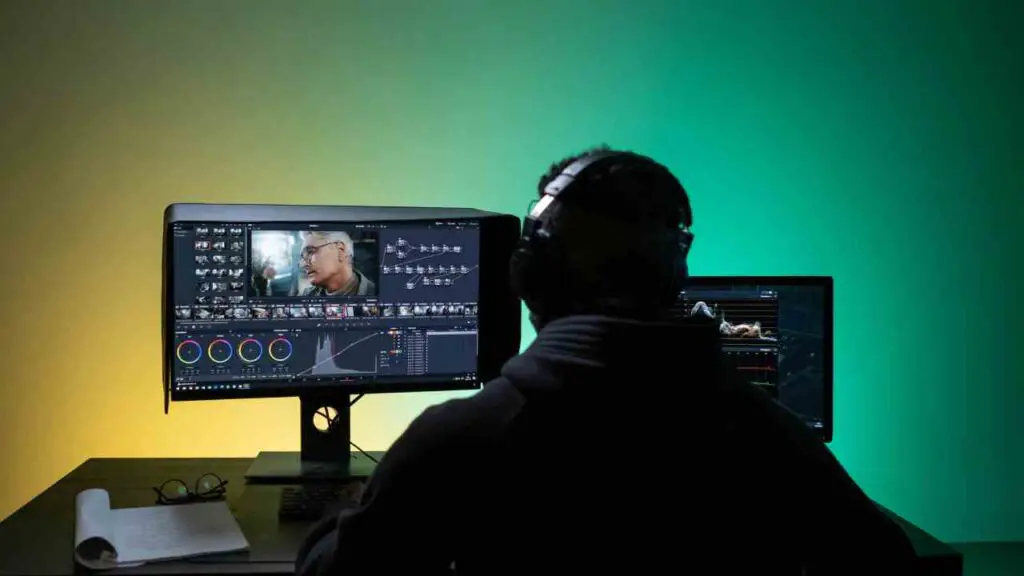
Applications of Compositing in Video Editing
Compositing is a transformative process in video editing that allows creators to craft scenes that defy the constraints of physical reality, enabling the visualization of imaginative concepts that are limited only by the bounds of creativity. This technique is pivotal in various applications across the film and television industry, where it serves as the backbone for creating visual effects that range from subtle enhancements to grandiose spectacles. Through compositing, editors can merge live-action footage with computer-generated imagery (CGI), integrating actors into fantastical environments or alongside mythical creatures, thereby crafting a seamless and believable world on screen.
The applications of compositing are diverse and essential in modern storytelling. It allows filmmakers to add depth and detail to scenes, creating digital environments that would be impractical or impossible to build physically. Compositing also plays a critical role in enhancing special effects, whether it’s to simulate explosive action sequences, conjure magical powers, or generate otherworldly landscapes. Moreover, it’s instrumental in removing unwanted elements from shots, such as safety rigs or production equipment, ensuring that the audience’s immersion is never broken.
Another significant application of compositing is in the adjustment and color correction of footage, which is crucial for maintaining visual continuity across different shots and scenes. It ensures that the lighting and color palettes match throughout the narrative, regardless of the varying conditions under which the footage was captured. Compositing also enables the portrayal of multiple instances of a single actor within the same frame, a technique that has been used to great effect in films that feature clones, doppelgängers, or twin characters.
In essence, compositing is the art of visual deception, executed so masterfully that the illusions it creates are accepted as reality by the viewer. It’s a testament to the skill and ingenuity of video editors and VFX artists who use this technique to push the boundaries of visual storytelling, bringing to life stories that captivate and inspire audiences around the globe.
Softwares That Uses Compositing
For those eager to dive into the world of compositing in video editing, a plethora of software options awaits, each offering a unique set of tools and capabilities to bring your creative visions to life. Adobe After Effects stands as a popular choice, renowned for its extensive features that cater to both beginners and seasoned professionals. It provides a user-friendly interface and a vast library of tutorials that make it an ideal starting point for those new to compositing.
Another heavyweight in the realm of compositing is Nuke, a powerful node-based compositing software favored by professionals in the film and television industry. Nuke’s robust toolset is designed for complex projects that require high levels of precision and control, making it a go-to for creating high-end visual effects.
For those looking for a cost-effective yet powerful alternative, Blackmagic Fusion offers a comprehensive suite of VFX tools. Fusion is known for its node-based workflow and is used extensively for creating cinematic visual effects and motion graphics. It’s a great choice for individuals who want to work on sophisticated projects without the high costs associated with other professional software.
Each of these programs provides a unique environment to learn and master the art of compositing. They come with a variety of resources, including online tutorials, forums, and user communities, where beginners can learn the ropes and gradually build their skills. Whether you’re aiming to create simple effects or complex cinematic sequences, these software options offer the tools and flexibility needed to push the boundaries of video editing and compositing.
Conclusion
In conclusion, compositing in video editing is a powerful technique that allows editors to blend different visual elements into a single, cohesive scene. It’s the secret ingredient that brings a touch of magic to movies and videos, enabling the creation of stunning visuals that captivate audiences. From the layering of images to the integration of CGI with live-action footage, compositing is an essential skill for any video editor looking to tell stories in a more dynamic and visually engaging way.
The journey into compositing is made accessible through a variety of software options, each tailored to different skill levels and creative needs. Programs like Adobe After Effects, Nuke, and Blackmagic Fusion offer the tools necessary to embark on this creative endeavor. They provide the means to not only enhance storytelling but also to push the boundaries of what can be achieved visually in the realm of video editing.
As you step into the world of compositing, remember that it’s a blend of art and technology, requiring both creative vision and technical expertise. With practice and exploration, you can harness the full potential of compositing to transform your video projects into compelling narratives that resonate with viewers. So go ahead, let your imagination run wild, and let compositing be your guide to creating video masterpieces.
